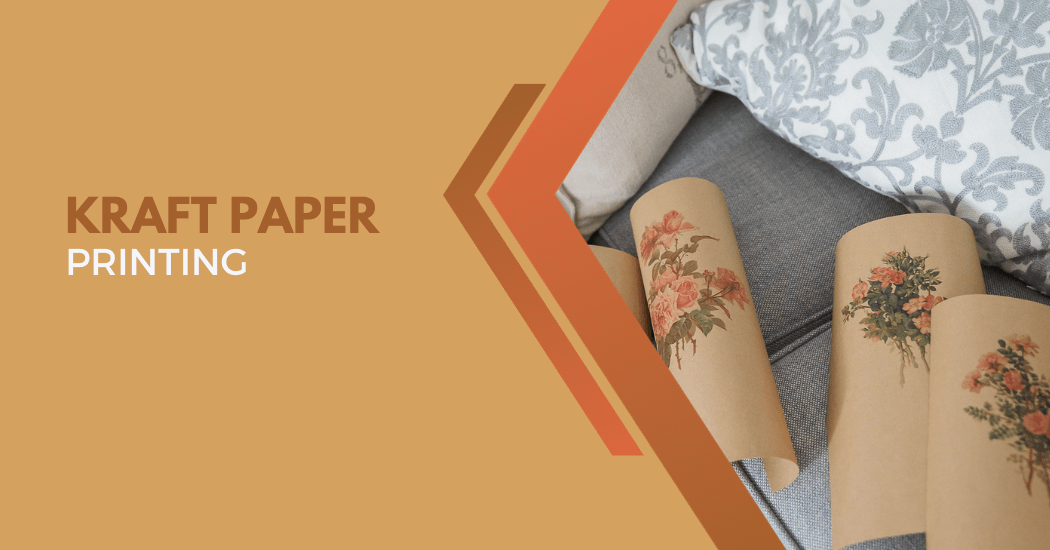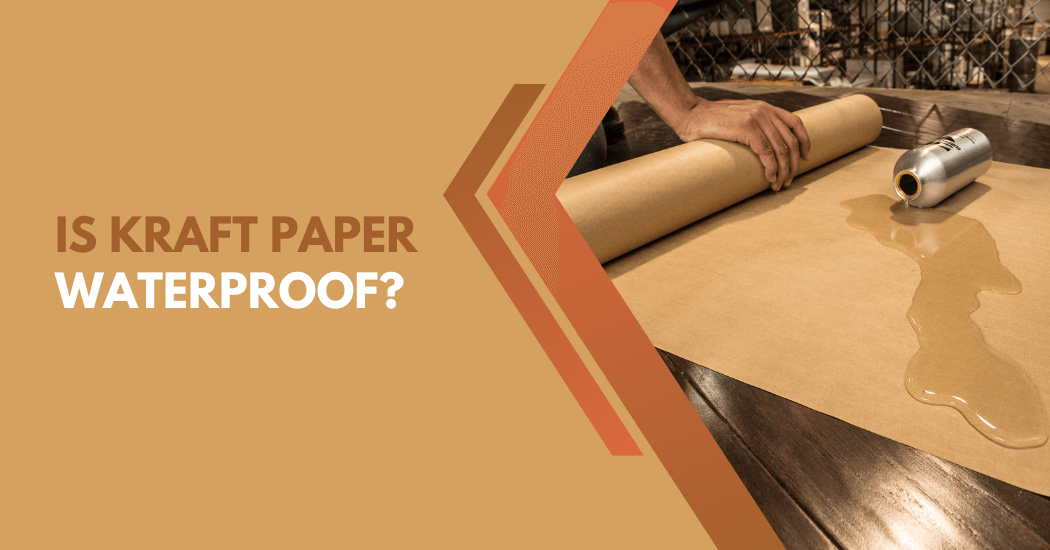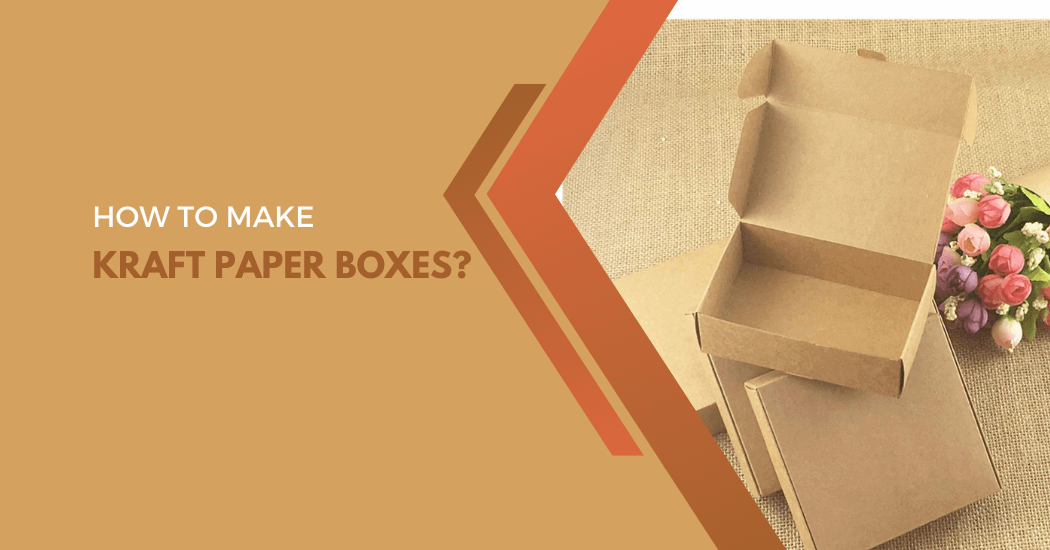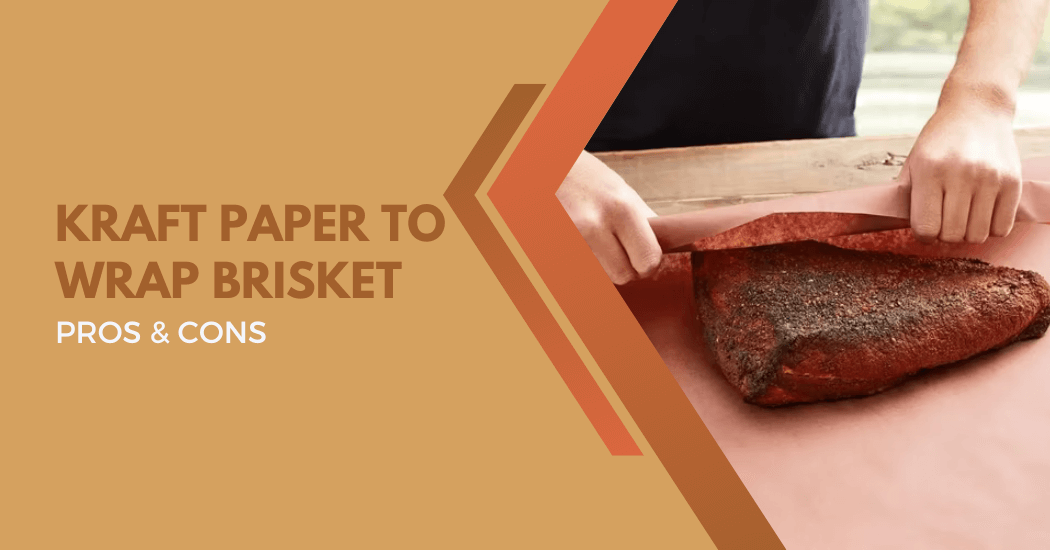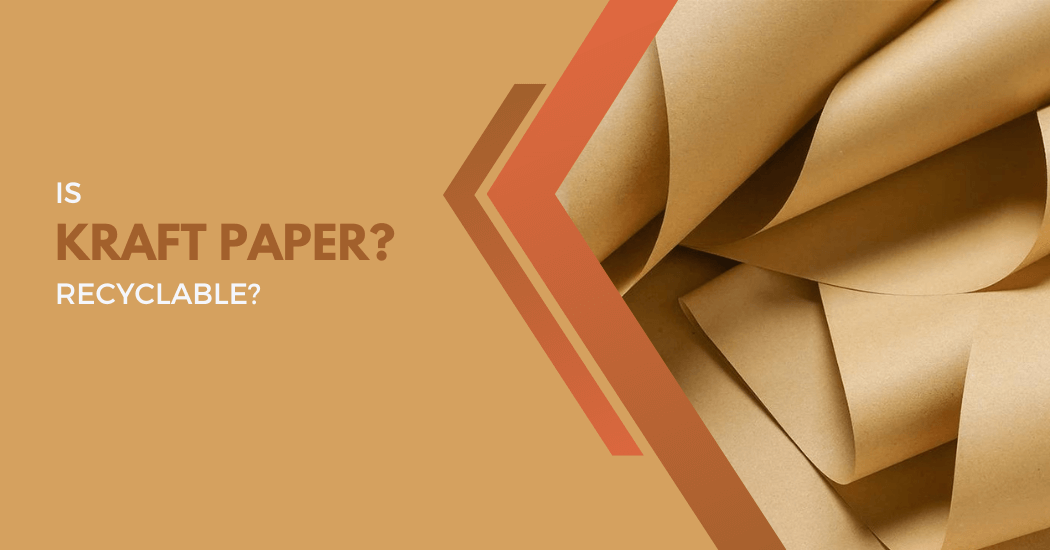How to print on kraft paper?
Kraft paper, known for its earthy, rustic appearance and durability, has gained immense popularity in various creative and practical applications. Whether you’re looking to add a touch of natural charm to your crafting projects or seeking an eco-friendly packaging solution, understanding how to print on kraft paper is a valuable skill.
In this guide we’ll explore the techniques, tools and considerations necessary to achieve high-quality prints on kraft paper, opening up a world of creative possibilities for those looking to make a lasting impression on this distinctive canvas.
In the following sections, we will delve into the essential steps and tips for successful kraft paper printing, allowing you to unleash your creativity and produce stunning, personalized projects.
Custom Printing on Kraft Paper
Materials and tools needed to print on kraft paper
Here are the items you’ll need to get started with printing on kraft paper:
- Kraft paper: This can be purchased in various weights and sizes, depending on your project’s needs. You can opt for plain kraft paper or choose from a variety of colors and patterns to add an extra touch of flair.
- Printer: Any inkjet or laser printer will work for printing on kraft paper. However, keep in mind that the type of printer and ink used can affect the final output.
- Ink: Pigment-based or dye-based inks are suitable for printing on kraft paper. Pigment-based inks are more durable and fade-resistant, while dye-based inks offer a wider range of vibrant colors.
- Design software: To create your designs, you will need access to design software such as Adobe Photoshop or Illustrator. However, you can also find free design software online that works well for simpler projects.
- Scissors or paper trimmer: Depending on the size and shape of your project, scissors or a paper trimmer may be necessary to cut the kraft paper to the desired dimensions.
- Protective gloves: As kraft paper is highly absorbent, it’s essential to wear protective gloves when handling the paper to avoid smudging and fingerprint marks.
Remember, the success of printing on kraft paper largely depends on the tools and materials you use. So, it’s essential to invest in quality products to achieve the best results.
How to print on kraft paper?
When it comes to printing on kraft paper, there are a few important factors to keep in mind.
Here’s a step by step guide to help you achieve the best results:
- Choosing the right printer: The first and most crucial step is choosing the right printer for your project. Inkjet printers tend to work better with kraft paper due to their ability to produce vibrant colors and handle thicker paper. However, if you only have access to a laser printer, make sure it is equipped to handle heavier paper weight.
- Selecting the right ink: While standard dye-based inks may work for simple designs and text, using pigment-based or archival inks can provide longer-lasting prints with richer tones on kraft paper.
- Adjusting printer settings: Before printing, make sure to adjust your printer settings according to the paper weight and thickness. This will prevent any potential jamming or smudging issues.
- Test print on scrap paper: It’s always a good idea to do a test print on scrap kraft paper before printing on the final product. This way, you can make any necessary adjustments and ensure the desired outcome.
- Choosing the right design: When it comes to printing on kraft paper, less is often more. Simple designs with bold lines and minimal colors tend to yield better results than complicated or intricate patterns. Additionally, using solid blocks of color instead of gradients can help prevent any potential smudging or bleeding.
- Handling and drying prints: Once your prints are done, handle them with care to prevent smudging or smearing. Allow the prints to fully dry before handling or packaging them.
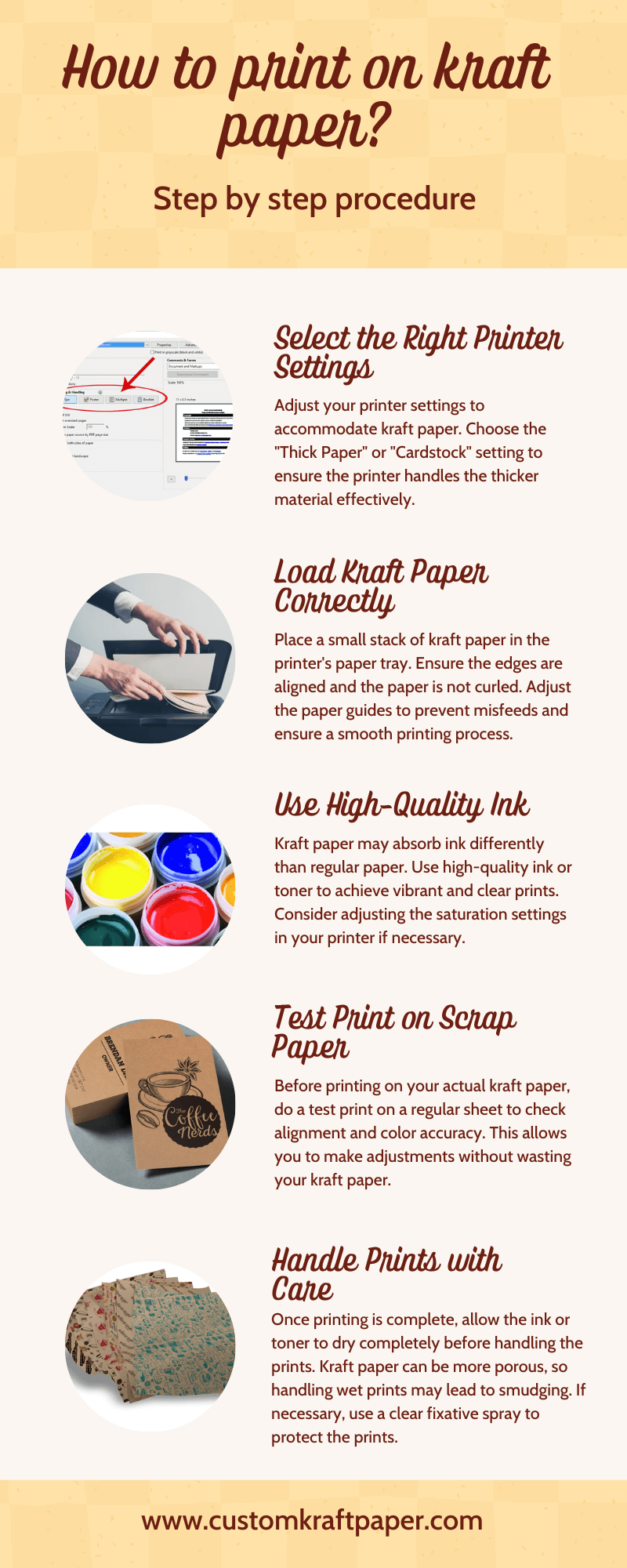
Remember: patience and practice are key. You may need to adjust your settings and techniques to achieve the best results.
How to print on kraft paper bags?
Printing on kraft paper bags is a popular trend for branding and personalizing gift packaging.
Here are some tips to help you achieve professional-looking prints on kraft paper bags:
- Choose the right bag: When selecting kraft paper bags for printing, consider the size and weight of your design as well as the size and shape of the bag. Make sure the bag is compatible with your printer and ink.
- Prepare the bags: Before printing, make sure to remove any handles or excess material from the bags to ensure a smooth printing surface.
- Test print on scrap paper: As mentioned before, always do a test print on scrap kraft paper first to fine-tune your settings and alignment.
- Secure the bags: To prevent any movement or shifting during printing, secure the bags to a flat surface using tape or paper weights.
- Consider using a template: To ensure accurate and consistent placement of your design on each bag, you may want to create a template with markings for alignment.
- Take care when handling and drying: The same rules apply for handling and drying printed kraft paper bags as with regular prints. Allow the ink to fully dry before packaging or using the bags.
With these tips in mind, you can create beautifully customized kraft paper bags for any occasion. Remember to experiment with different designs and techniques to find what works best for you and your specific project. With practice and patience, you’ll be able
How to print white ink on kraft paper?
Printing white ink on kraft paper can be a bit tricky because kraft paper is typically brown or tan. Here’s a step by step guide to help you:
Materials you’ll need:
- Kraft Paper: Choose the type of kraft paper you want to print on. Make sure it’s clean and free from any dirt or debris.
- White Ink: You’ll need white ink that is compatible with your printing method. There are various types of white ink available such as screen printing ink, offset ink or digital inkjet ink.
- Printing Method: The method you choose depends on your resources and the quantity you need to print. Options include screen printing, offset printing or digital printing.
Steps to print white ink on kraft paper
1) Prepare Your Design: Create or prepare the design you want to print using graphic design software. Make sure it’s in a format compatible with your chosen printing method (e.g., vector format for screen printing, high-resolution image for digital printing).
2) Prepare Your Printing Equipment:
- For Screen Printing: Set up your screen and stencil with the white ink. Ensure your printing area is clean and free of any contaminants.
- For Offset Printing: Consult with a professional printing service as they will handle the equipment and process for you.
- For Digital Printing: Set up your digital printer with white ink cartridges. Ensure that the printer is capable of printing white ink.
3) Test Prints: Before printing on your actual kraft paper, it’s a good practice to do some test prints on scrap paper to make sure your design and ink settings are correct.
4) Printing:
- Screen Printing: Place the kraft paper securely on the printing surface. Apply the white ink through the screen onto the paper using a squeegee. Let the ink dry before handling the printed paper.
- Offset Printing: Provide the design and kraft paper to a professional printer, as offset printing is typically not a DIY process.
- Digital Printing: Load the kraft paper into your digital printer and print your design with white ink.
5) Drying and Curing:
- White ink often requires curing to set properly. Follow the instructions for the specific white ink you’re using.
- This may involve air drying, heat curing or exposure to UV light.
6) Quality Control: Inspect the prints for any imperfections or uneven coverage. Make adjustments as needed and reprint if necessary.
7) Post-Processing:
Once the white ink is completely dry and cured, you can use the kraft paper for your intended purpose, such as packaging, invitations or art projects.
Printing white ink on kraft paper can be challenging due to the paper’s color and texture, so be prepared for some trial and error to achieve the desired results. If you’re not experienced with printing, consider consulting with a professional printer for the best outcome.
Tips for successful kraft paper printing
Here is a summary of additional tips to help you achieve successful kraft paper printing:
- Always do a test print on scrap paper before printing on your actual kraft paper to fine-tune settings and alignment.
- Consider using a template for accurate and consistent placement of designs.
- Make sure to properly prepare the kraft paper by removing any handles or excess material before printing.
- Secure the bags or paper to be printed on a flat surface to prevent movement or shifting during printing.
- Take care when handling and drying the printed kraft paper to avoid smudging or damaging the design.
- Experiment with different designs and techniques to find what works best for you.
- Consult with a professional printer if you’re not experienced in printing, especially when using white ink on kraft paper. Overall, practice and patience are key to achieving successful kraft paper printing results.
So don’t be discouraged if it takes a few tries to get it just right! Keep these tips in mind and continue refining your process and soon you’ll be creating beautiful custom kraft paper designs with ease.
Wrap Up
In conclusion, printing on kraft paper is a versatile and creative process that can yield visually appealing and environmentally friendly results.
By following the steps outlined in this guide, you can achieve high-quality prints on kraft paper, whether for personal or business purposes. Remember to select the appropriate printer, adjust settings and choose the right inks and paper type to ensure the best outcome.
Experimenting with different design elements and techniques can also lead to unique and striking printed materials. With practice and attention to detail, you can effectively print on kraft paper, adding a rustic and natural touch to your projects while maintaining a sustainable approach to printing.
